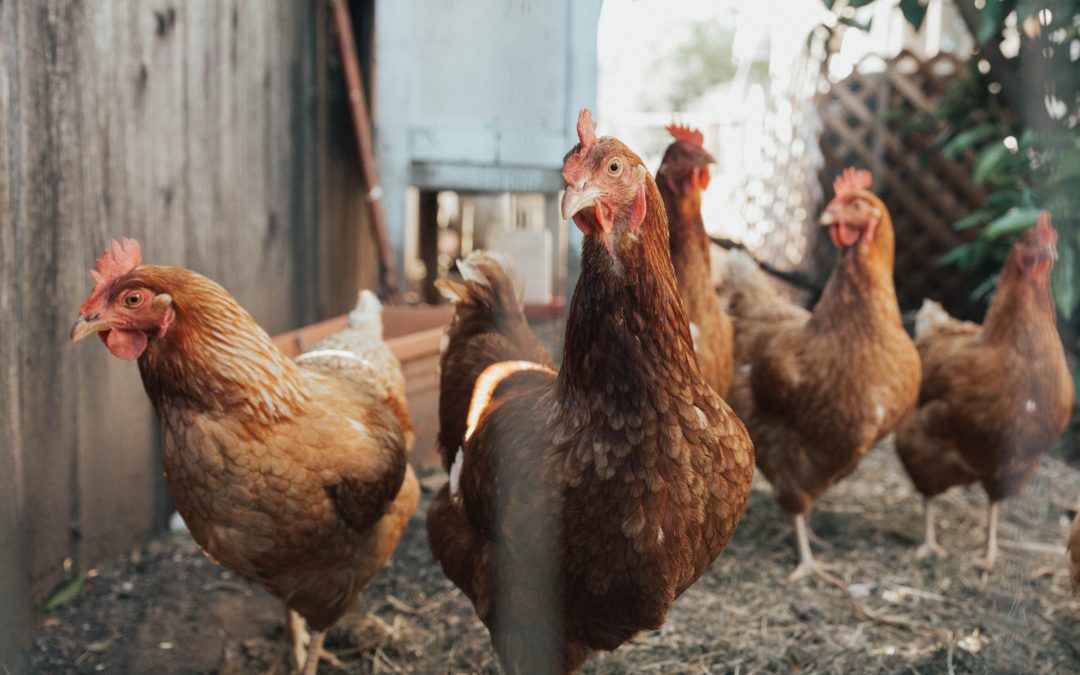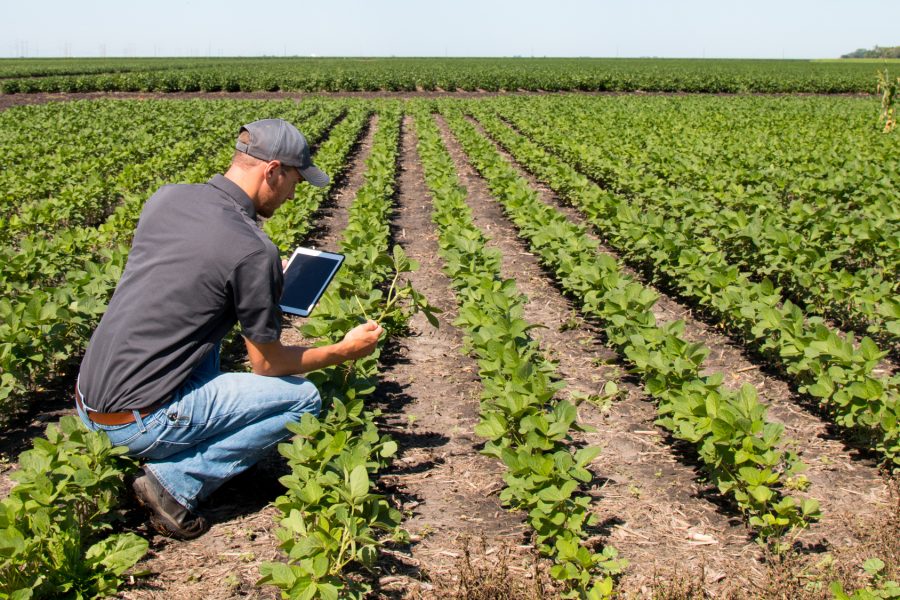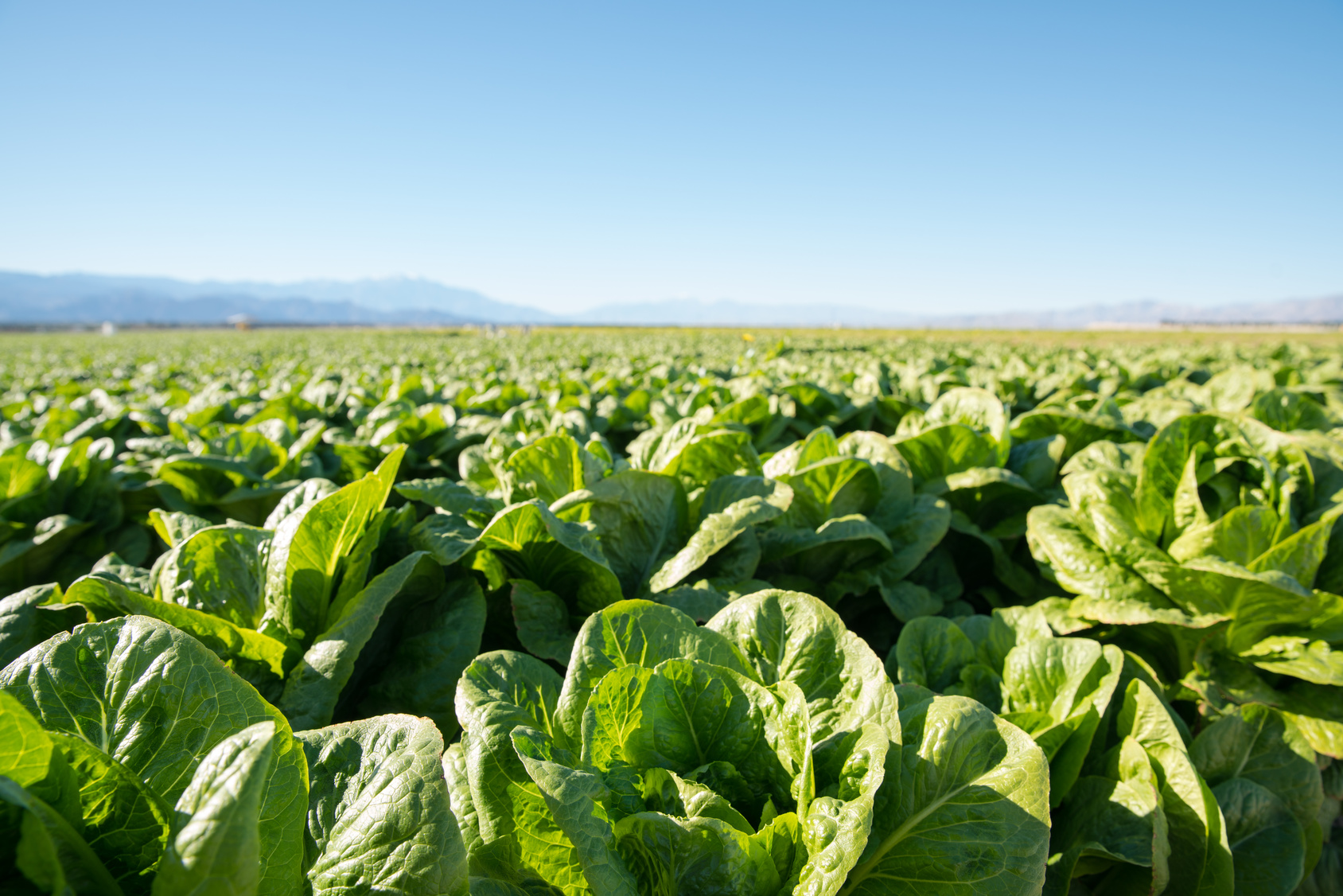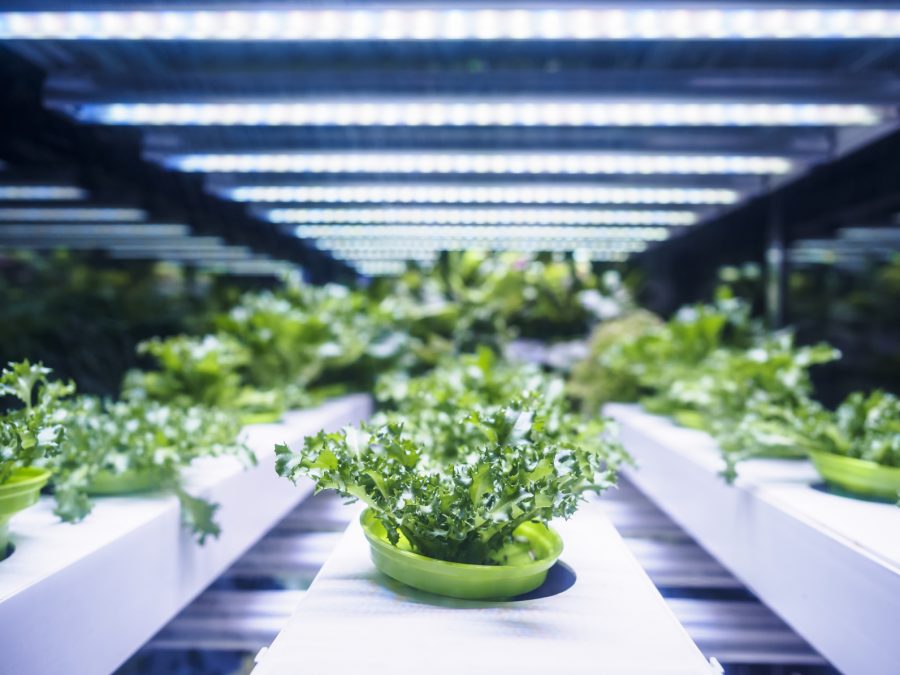When it comes to sustainability in agriculture, there’s more to chicken waste than you might think. We recently sat down with Michael Lynch, CEO of Chonex, a nutrient recycling company focused on poultry manure, to talk about the technology his company is developing and how it all might change the way that the agriculture industry thinks about waste products.
Where did the idea for recycling poultry waste come from?
This idea really started in 1975 with a man named Larry Newton. If you Google anything about “black soldier flies” he comes up, and he had this idea before I was even born. But he spent his whole career at the University of Georgia’s agricultural research station in Tifton, Georgia as a waste engineer.
It’s a long story, but I lived in a rural part of Alabama that was the “capitol of catfish” because it had the largest catfish production in the United States. And I was contacted by Larry and a couple other professors that had an idea that to commercialize this technology that Larry had been developing for 40 years. And their deal fell through. I had put together several large catfish farmers and catfish feed mills, talking about using the black soldier fly as a catfish feed. When their deal fell apart, several of the local farmers came to me and said: “hey, this is a really good idea, but they’re using the wrong manure source and the wrong equipment. Let’s go talk to these guys about doing it a different way.”
So, we met with Larry and his partners, who were all in their late sixties and early seventies then. They gave us their blessing to move forward with a new idea. And that’s how we get this off the ground. With Larry’s 40 years of research we were able to figure out a different process for handling the manure and the black soldier flies that used a different type of manure and updated equipment.
How does the technology work?
Our process involved applying a specialized blend of bacteria, some ammonia inhibitors that keep the ammonia from volatizing, and some other specialized microorganisms, including black soldier flies, and applying them to layer manure – manure from the hens that lay eggs.
And then the black solider fly basically consumes and recycles the manure into the two high value products.
The process is, we have a big bucket attachment that has a cement mixer and two big opposing augers on it, and we drive up under the layer house to collect the manure and we add all our low-cost additives, water , inhibitors and blend it up to make a consistent feed. We bring it back to our facility where we have a metered pump and we pump specific amounts of manure into our containers. We have a system for separation that allows us to dump the container into a machine that separates the larvae from the fertilizer. We use an old crop dryer to dry our fertilizer and a microwave for our larvae, to dry them. It’s a pretty simple process.
What’s the process for scaling this technology?
Everything that we learn and do on a small-scale operation is to make sure that we can generate revenue from our products, which will give investors and the industry the confidence we need to build a more automated large-scale facility.
As far as scaling, we’re scheduled to go into production toward the end of February 2020, which will really test the market and allow us to process about three tons a day.
Our process is different from our competitors because we use manure and organic materials as a feedstock, which builds a very high-value fertilizer that has specialized plant and soil health properties. We currently have one customer that consumes about all that we can presently produce. We plan to test the market through the spring and summer to see how much product we can sell, what we can price, and then collect feedback from customers.
Then, we’d like to raise a series A and build a facility that recycles 60 tons per day. Currently, we’re adjacent to Cal-Maine Foods, which is the world’s largest egg producer. Our discussions with Cal-Maine has been that if we can prove this concept and scale it on-site, they’ll offer us a site adjacent to their multiple facilities in Florida, where we’ll be able to scale this further.
How does sustainability play into the industry push for this technology?
The CEO of Cal-Maine told us that sustainability is such a major priority right now for their customers and that they’ve rewritten their mission statement to become the world’s most sustainable egg producer and to do everything with a culture of sustainability. Certainly, having the backing of this multibillion-dollar company is helping to drive the development of our technology.
That said, for any technology to be sustainable, it must be profitable. And so, in order to deliver sustainability, we are trying to prove our technology’s profitability.
What is the potential for growth for this technology in the U.S.?
Just the idea that you can take manure and make it something useful is this interesting at the very least.
As a company, we tend to think that the layer houses are the lowest hanging fruit because the scale of them is so large and the availability of daily fresh manure for our process. The average layer house that’s being built right now is over a million chickens, which makes it fairly easy to collect al tremendous amount of fresh every day.
And what we’ve heard from Cal-Maine is that if we can solve this problem for them, we won’t only be hero for Cal-Maine, we’ll be hero for the entire egg industry. We’re talking about hundreds of millions of chickens and a considerable amount of waste.
The other important thing to note about layer houses versus other manures is that chickens are fed a lot of calcium in order to lay an egg every day. Calcium is one of the most critical micronutrients for the plant structure system; it’s just as important for their bone structure as it is for ours. So, to have that micronutrient in the manure is crucial to our fertilizer development.
That said, this technology also works for hog and dairy manure.
During 2019, iSelect, The VanTrump Report and The Yield Lab Institute are sponsoring a series of weekly webinars featuring the best in agriculture innovation. Agrifood Conversations is all about driving innovation and each month will highlight a specific theme, from biologicals to vertical farms, featuring new and exciting companies at the forefront of the industry. Learn more at AgrifoodConversations.com.






